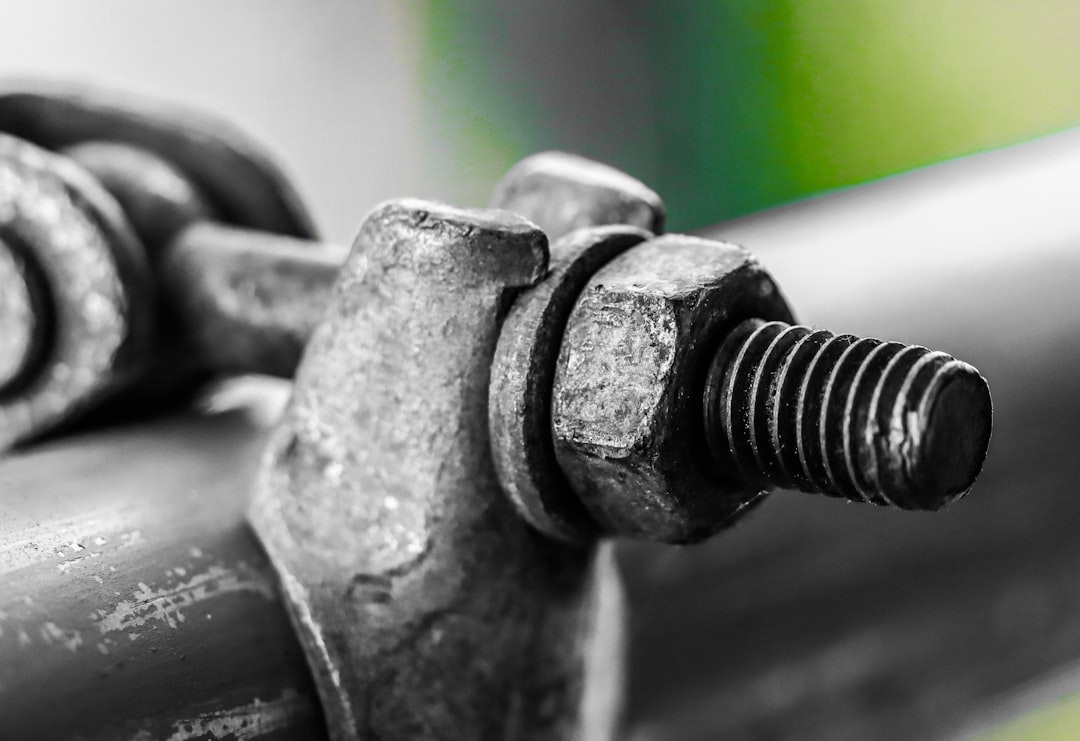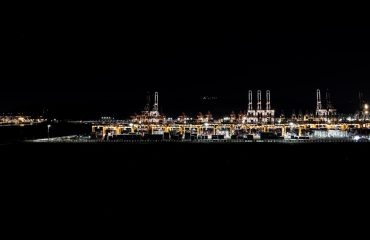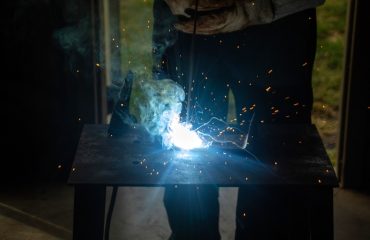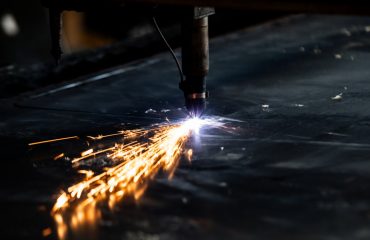The petroleum industry relies heavily on a robust and reliable pipeline network for the safe and efficient transportation of crude oil, natural gas, and refined products. The heart of this network? Pipes. Understanding the intricate specifications governing these pipes is critical for ensuring safety, preventing environmental damage, and maintaining operational efficiency. This comprehensive guide delves into the key aspects of pipe specifications within the petroleum industry.
1. Material Selection: The Foundation of Pipeline Integrity
The choice of pipe material is paramount, dictated by factors such as the transported fluid (crude oil, natural gas, refined products), operating pressure and temperature, environmental conditions (soil corrosion, temperature variations), and the pipeline’s lifespan. Common materials include:
- Carbon Steel (API 5L Grades): The most widely used material due to its strength, weldability, and cost-effectiveness. API 5L specifies various grades (X42, X52, X65, X70, and higher) based on their minimum yield strength. Higher grade numbers indicate greater strength and pressure resistance.
- Stainless Steel: Employed in applications requiring high corrosion resistance, often in environments with high salinity or exposure to corrosive chemicals. Specific grades are selected based on the corrosive environment.
- High-Strength Low-Alloy (HSLA) Steel: Offers a balance between strength and weldability, often used in high-pressure pipelines. These steels often contain elements like manganese, chromium, and molybdenum to enhance strength and corrosion resistance.
- Polyethylene (PE): Used extensively in low-pressure applications and for smaller diameter pipelines, particularly for gas distribution networks. PE pipes offer excellent corrosion resistance and flexibility.
Material selection involves rigorous testing and quality control to ensure compliance with industry standards and regulations.
2. Industry Standards and Specifications: Ensuring Quality and Safety
Standardization is crucial in the petroleum industry to guarantee the quality, safety, and interoperability of pipeline components. Several key standards govern pipe specifications:
- API 5L: The American Petroleum Institute Standard 5L covers the requirements for line pipe used in oil and gas pipelines. It details specifications for various steel grades, manufacturing processes, testing procedures, and marking requirements.
- ASTM Standards: The American Society for Testing and Materials (ASTM) provides a wide range of standards related to pipe materials, including chemical composition, mechanical properties, and testing methods. These standards often complement API 5L.
- ISO Standards: International Organization for Standardization (ISO) standards offer globally recognized specifications for pipe materials and manufacturing processes, promoting consistency and interoperability across international projects.
Adherence to these standards is mandatory and subject to rigorous audits and inspections throughout the pipeline lifecycle.
3. Pressure Rating and Wall Thickness: Withstanding Operational Demands
The pressure rating of a pipe, often expressed in pounds per square inch (psi) or megapascals (MPa), dictates the maximum internal pressure the pipe can safely withstand. The wall thickness is directly related to the pressure rating; higher pressure ratings require thicker walls. Factors influencing pressure rating and wall thickness include:
- Operating Pressure: The expected pressure of the transported fluid within the pipeline.
- Pipe Diameter: Larger diameter pipes generally require thicker walls for the same pressure rating.
- Material Strength: Higher strength materials allow for thinner walls at the same pressure rating.
- Safety Factor: A safety factor is incorporated to account for unforeseen circumstances and ensure a margin of safety.
Accurate calculation of pressure rating and wall thickness is crucial for preventing failures and ensuring the safe operation of the pipeline.
4. Corrosion Protection: Extending Pipeline Lifespan
Corrosion is a significant threat to pipeline integrity, leading to leaks, failures, and environmental damage. Several methods are employed to protect pipes from corrosion:
- Coating: Applying protective coatings, such as epoxy or polyethylene, to the pipe’s external surface creates a barrier against moisture and corrosive substances.
- Cathodic Protection: This electrochemical method involves applying a negative electrical potential to the pipe, preventing corrosion by suppressing the anodic reaction.
- Corrosion Inhibitors: Chemicals added to the transported fluid can inhibit corrosion by reacting with corrosive agents.
- Material Selection: Choosing corrosion-resistant materials, such as stainless steel or specific grades of carbon steel with enhanced corrosion resistance, is a crucial preventative measure.
A comprehensive corrosion management program is essential for extending the lifespan of pipelines and minimizing environmental risks.
5. Quality Control and Testing: Ensuring Pipeline Reliability
Rigorous quality control and testing are implemented at each stage of the pipeline’s lifecycle, from material selection and manufacturing to installation and operation. These procedures ensure that the pipes meet the specified requirements and maintain their integrity throughout their service life. Testing methods include:
- Hydrostatic Testing: The pipe is filled with water and pressurized to verify its ability to withstand the design pressure.
- Ultrasonic Testing (UT): Detects internal flaws and defects in the pipe wall.
- Radiographic Testing (RT): Uses X-rays or gamma rays to detect internal flaws and welds.
- Magnetic Particle Testing (MT): Detects surface cracks and defects in ferromagnetic materials.
Comprehensive quality control minimizes the risk of pipeline failures and ensures safe and reliable operation.
Understanding pipe specifications is paramount for the safe and efficient operation of the petroleum industry. By adhering to industry standards, selecting appropriate materials, and implementing rigorous quality control measures, the industry can ensure the long-term reliability and safety of its pipeline networks.
SEO Tags:
petroleum pipes, API 5L pipe specifications, pipeline standards, oil and gas pipeline design, pipe material selection




